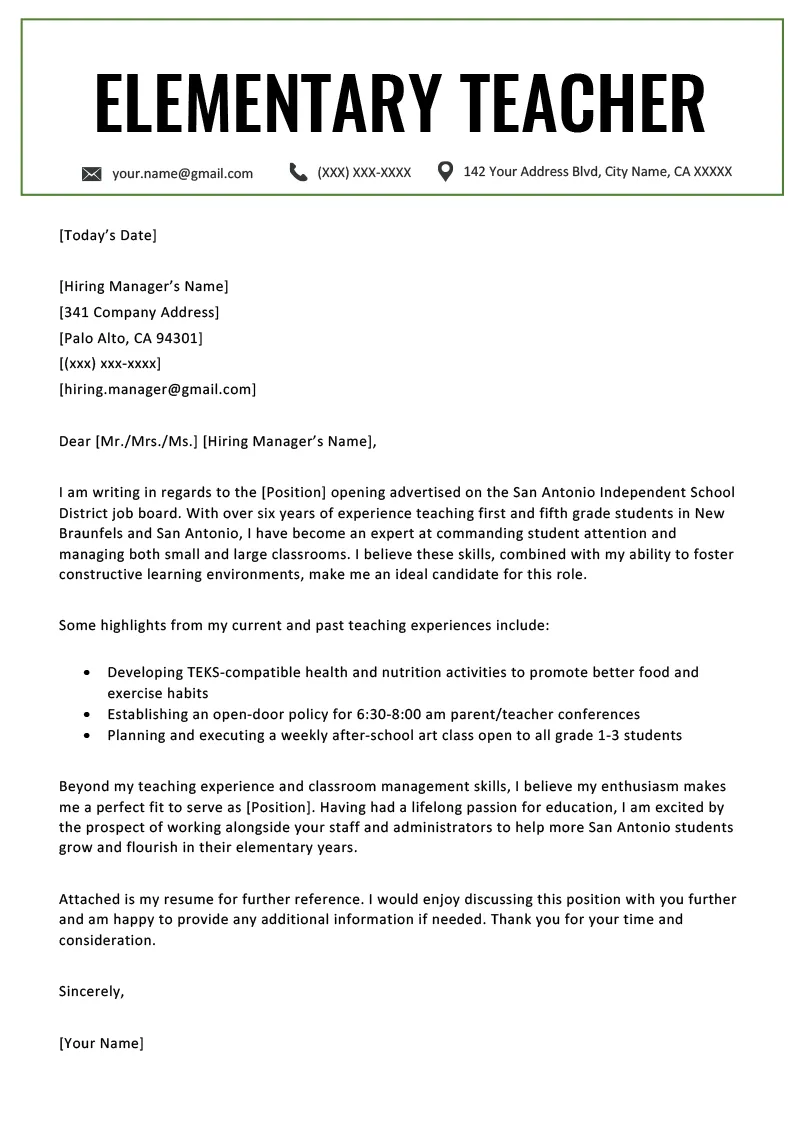Understanding the Power of Teacher Cover Letters
In the competitive world of education, a compelling teacher cover letter is your first opportunity to make a lasting impression. It’s not just a formality; it’s a crucial tool that allows you to showcase your personality, passion for teaching, and relevant experience in a way your resume alone cannot. A well-crafted cover letter gives you the chance to tell your story, demonstrating why you are the ideal candidate for the specific teaching position and school. This document sets the tone for your application, providing context and depth to your qualifications. A cover letter highlights your communication skills and enthusiasm, making you stand out from other applicants.
Crafting a Compelling Cover Letter
Crafting an effective cover letter involves more than just stating your qualifications; it requires strategic writing and thoughtful presentation. Begin by researching the school and understanding their values and mission. This demonstrates your genuine interest and allows you to tailor your letter to their specific needs. Your cover letter should be concise, well-organized, and engaging. Use clear and professional language and focus on your key strengths and achievements. The tone should be enthusiastic and professional, reflecting your commitment to education. Tailor each letter to the specific job and school; generic cover letters are easily spotted and rarely succeed. Remember, your cover letter is your voice, so let your personality and passion for teaching shine through.
Highlighting Your Teaching Experience
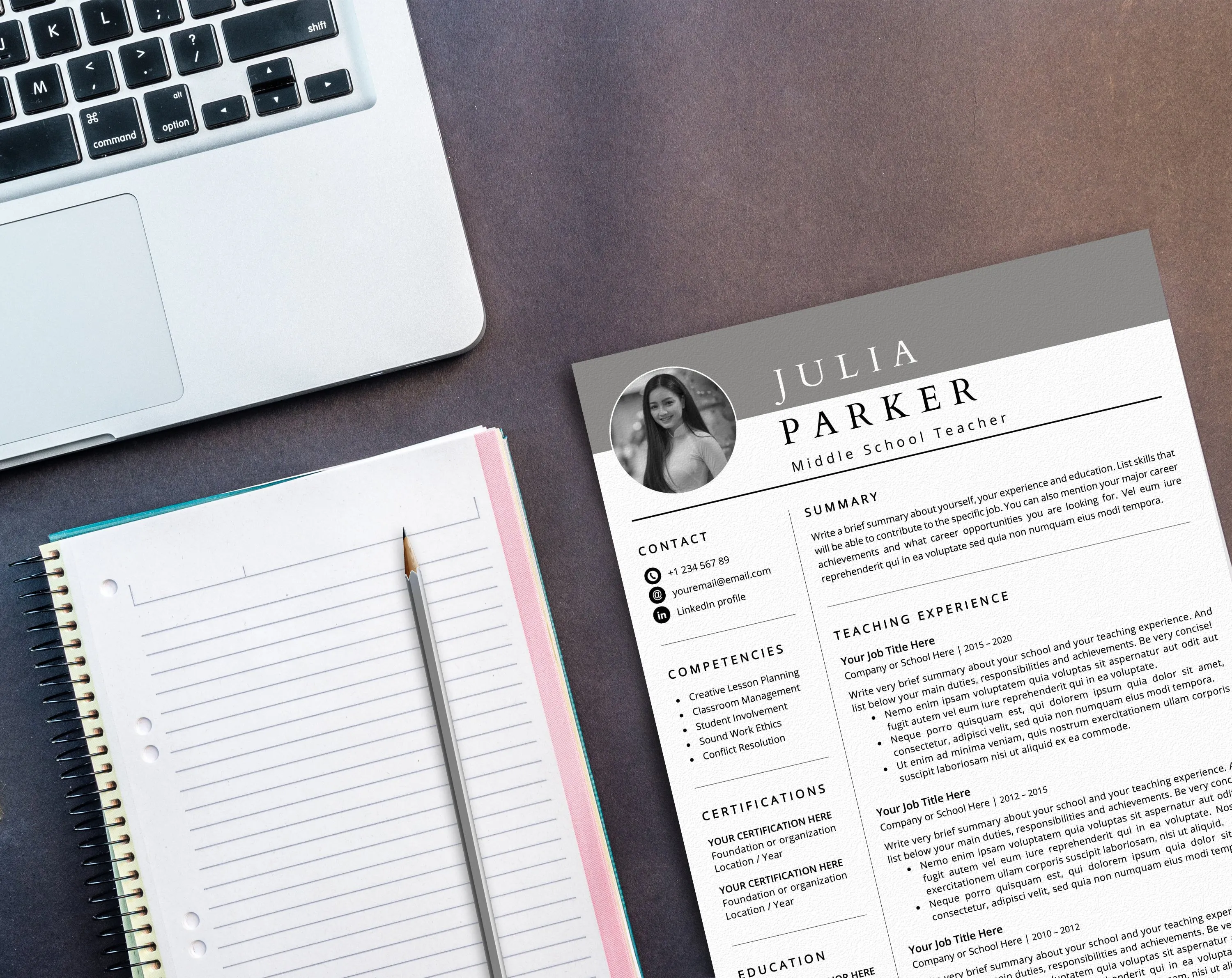
Your teaching experience is the cornerstone of your cover letter. Clearly articulate your previous roles, responsibilities, and the grade levels or subjects you have taught. Instead of simply listing your job duties, describe what you accomplished in each role. Quantify your achievements whenever possible using data, numbers, and specific examples. Did you improve student test scores? Implement a successful new teaching method? Develop and lead any special programs? Highlighting these achievements demonstrates your impact and value as an educator. Focus on the skills and experiences that align with the requirements of the specific job to show you’re a good fit for their program.
Showcasing Your Skills and Qualifications
Your cover letter is the place to highlight your skills and qualifications. Include relevant skills such as classroom management, curriculum development, lesson planning, and differentiating instruction. Emphasize any special skills or certifications, such as those in special education, technology integration, or specific subject areas. Explain how you’ve used these skills to enhance student learning. Demonstrate your commitment to continuous professional development by mentioning relevant workshops, courses, or conferences you’ve attended. Show that you’re not just qualified, but actively seeking ways to improve your teaching. It is important to weave these skills seamlessly into your narrative, providing concrete examples of how you apply them in your teaching practice.
Tailoring Your Cover Letter to the School
One of the most critical secrets to a successful cover letter is tailoring it to the specific school and position. Research the school’s mission, values, and unique programs to show you understand their needs. Mention the school’s specific initiatives, programs, or values that resonate with you. Explain how your teaching philosophy aligns with the school’s approach to education. Identify the specific requirements mentioned in the job description and highlight how your skills and experience meet those requirements. Address the principal or hiring manager by name if possible. This level of personalization demonstrates your genuine interest and increases your chances of securing an interview. Schools appreciate candidates who take the time to show they care about the school.
Cover Letter Formatting Essentials
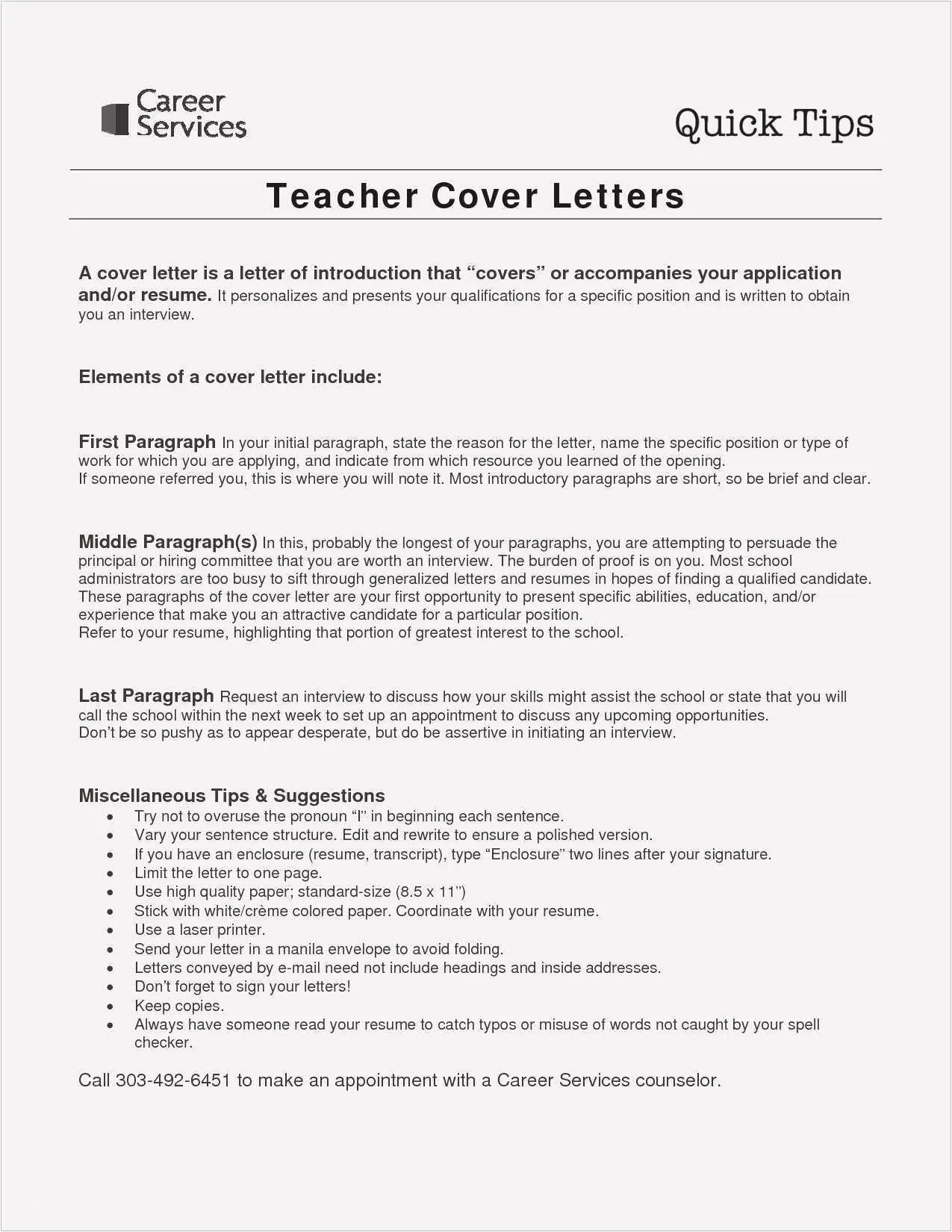
Formatting can greatly impact the readability and professionalism of your cover letter. Use a standard, easy-to-read font such as Times New Roman or Arial in a 12-point size. Maintain consistent formatting throughout the document, including margins and spacing. Keep the letter to one page, unless specifically requested otherwise. Use clear headings and subheadings to organize your content logically. Break up large blocks of text with paragraphs and bullet points for easy reading. Proofread meticulously to eliminate any typos or grammatical errors. A well-formatted cover letter shows that you pay attention to detail and have excellent communication skills, essential qualities for a teacher.
Keywords and Action Verbs
Use strategic keywords and action verbs to make your cover letter more impactful and increase its chances of getting noticed. Review the job description and identify the key skills and qualifications the school is seeking. Incorporate these keywords naturally throughout your cover letter. Use strong action verbs to describe your accomplishments and responsibilities such as “developed,” “implemented,” “managed,” “led,” “created,” and “assessed.” These verbs highlight your proactive approach and illustrate your achievements. Using action verbs in the past tense shows you have already accomplished the required skills and experiences. Remember to avoid overusing keywords; the goal is to demonstrate your suitability without making the letter sound unnatural or forced.
The Structure of a Winning Teacher Cover Letter
A well-structured cover letter guides the reader through your key qualifications and makes a positive impression. The ideal structure typically includes an opening paragraph, body paragraphs, and a closing paragraph. Each section serves a specific purpose and contributes to the overall effectiveness of your letter. A clear and logical structure ensures your cover letter is easy to read and understand. A well-organized structure reflects a high level of professionalism and attention to detail, qualities that are highly valued in the teaching profession. By following a proven structure, you can effectively convey your skills, experience, and passion for teaching.
The Opening Paragraph
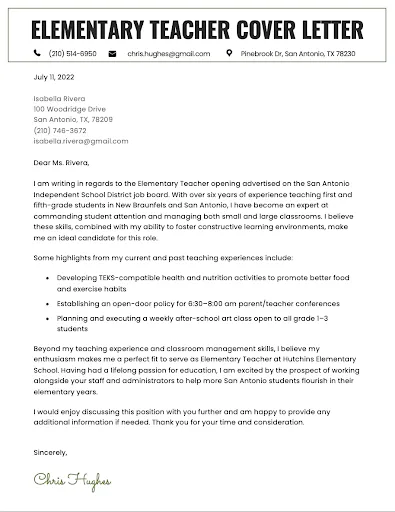
Your opening paragraph is your first opportunity to capture the reader’s attention. Start with a strong hook that immediately highlights your interest in the position and the school. Briefly state the position you are applying for and where you found the job posting. Indicate your enthusiasm for the opportunity and mention something specific that drew you to the school. The opening should be concise, professional, and make the reader want to learn more. Make a connection to the school or role that proves why you are the perfect candidate. A compelling opening paragraph sets a positive tone and entices the reader to continue reading your letter.
The Body Paragraphs
The body paragraphs are where you provide detailed evidence of your qualifications and experience. Focus on the key skills, accomplishments, and experiences that align with the job requirements. Use multiple paragraphs to organize your thoughts logically, with each paragraph focusing on a specific aspect of your background. Provide concrete examples and data to support your claims. Use the STAR method (Situation, Task, Action, Result) to structure your examples, illustrating how you handled specific challenges and achieved positive outcomes. Demonstrate your knowledge of educational best practices and your ability to adapt to different teaching styles. The goal is to show how you have made a positive impact in previous roles.
Highlighting Achievements and Impact
Emphasize your achievements throughout the body of your cover letter. Instead of simply listing your responsibilities, describe what you accomplished in previous roles. Highlight how you have improved student outcomes, created engaging lesson plans, implemented new programs, or contributed to a positive school environment. Focus on specific achievements, rather than general statements. Use quantifiable data such as test scores, student participation rates, or successful program outcomes. This shows potential employers the actual impact you have made in the classroom. Concrete examples are far more persuasive than vague claims; they prove your ability to achieve results and make a real difference in students’ lives.
Quantifying Your Accomplishments
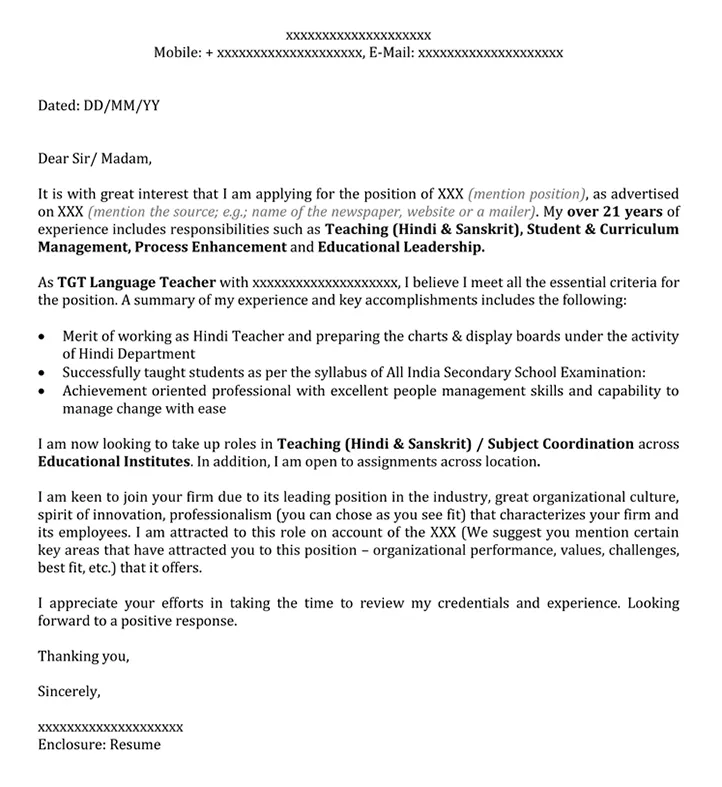
Whenever possible, quantify your accomplishments. Use numbers and data to support your claims and provide concrete evidence of your impact. Did you increase student test scores by a certain percentage? Did you improve student engagement rates? Did you reduce disciplinary issues? Quantifiable results are more impressive than general statements. For example, instead of saying you improved student performance, say “I increased student scores on standardized tests by 15% through the implementation of differentiated instruction strategies.” This level of detail demonstrates your ability to achieve results and provide a measure of your effectiveness. Providing this information helps make your cover letter stand out from the crowd.
The Closing Paragraph
The closing paragraph should reinforce your enthusiasm for the position and the school. Restate your interest in the opportunity and summarize your key qualifications. Express your confidence that you would be a valuable asset to their team. Thank the reader for their time and consideration. Include a call to action, such as stating that you look forward to hearing from them soon and are available for an interview. Make sure to include your contact information, including your email address and phone number. End with a professional closing, such as “Sincerely” or “Best regards” and your full name. Your closing should leave a positive, lasting impression.
Proofreading and Editing
Proofreading and editing are essential steps in the cover letter writing process. Carefully review your cover letter for any typos, grammatical errors, or punctuation mistakes. Ask a friend, colleague, or family member to proofread your letter as well. Fresh eyes can often catch errors that you might have missed. Ensure that your cover letter flows smoothly and is easy to read. Make sure the formatting is consistent and professional. A polished, error-free cover letter demonstrates attention to detail and professionalism. Correcting errors before submission boosts your chances of getting an interview, as it shows you have taken the time and care to present your best self.
Cover Letter Examples for Teachers
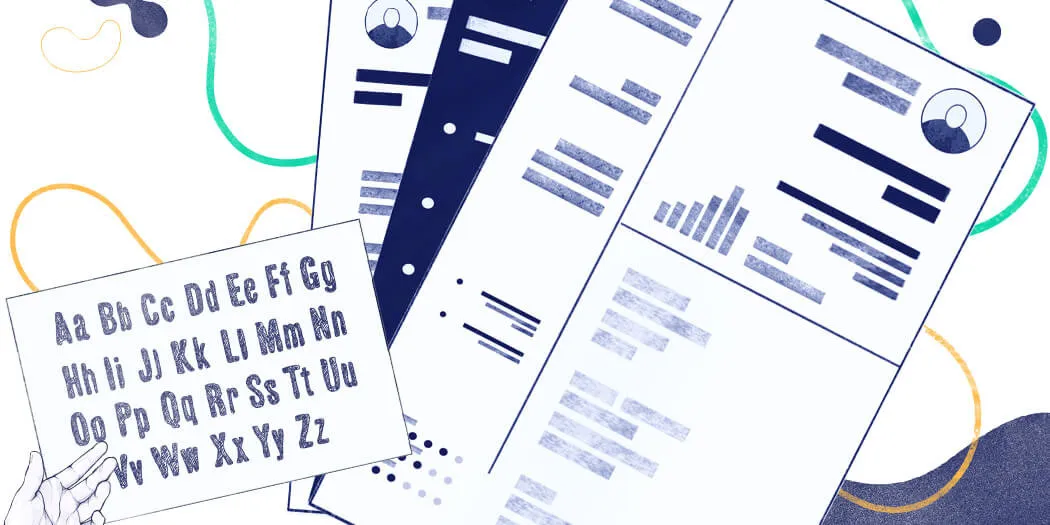
Reviewing examples of cover letters can provide valuable insights into structuring your own letter and highlighting your qualifications effectively. Examples can guide you on how to showcase experience, skills, and passion for teaching. These examples can serve as a starting point for your cover letter, inspiring ideas and demonstrating how to effectively express your strengths and experience. Remember to tailor the examples to your specific situation, as what works for one teacher may not work for another.
Elementary Teacher Cover Letter Example
An elementary teacher cover letter typically emphasizes experience working with young children, lesson planning, and creating a positive learning environment. Focus on skills such as classroom management, early literacy, and differentiated instruction. Highlight any experience with specific curricula, such as the Common Core State Standards. Showcase your ability to foster a nurturing and engaging classroom where students feel safe and supported. Make sure your letter shows your understanding of child development and your commitment to creating a love of learning.
Middle School Teacher Cover Letter Example
A middle school teacher cover letter should highlight your experience with adolescents, your ability to manage classroom dynamics, and your knowledge of the specific subject matter. Emphasize your skills in creating engaging lessons, incorporating technology, and differentiating instruction to meet the needs of diverse learners. Highlight any experience with the curriculum, and focus on your ability to connect with students and create a positive classroom culture. Mention your ability to connect with students and foster critical thinking.
High School Teacher Cover Letter Example
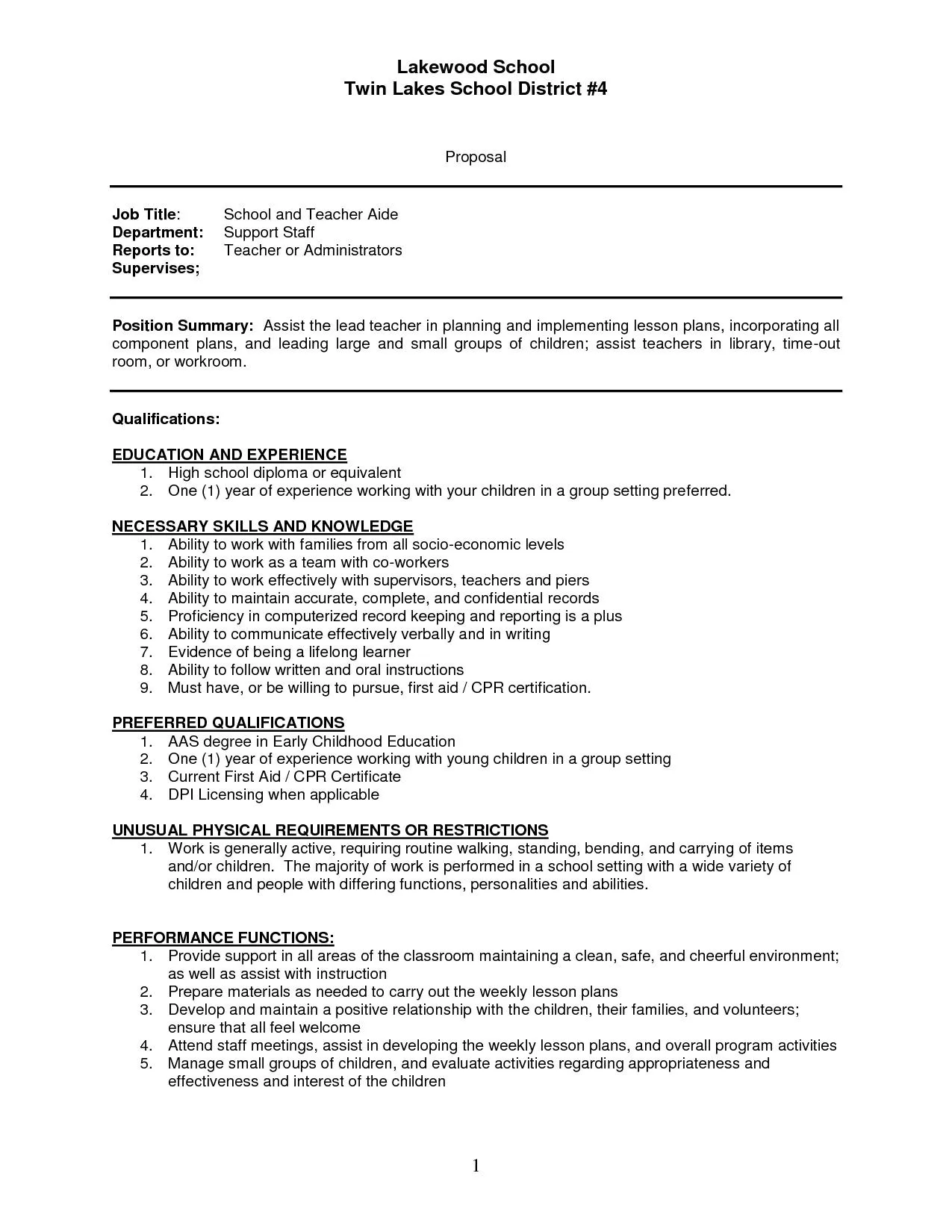
A high school teacher cover letter should highlight your expertise in a specific subject area, your experience teaching older students, and your ability to prepare students for college and careers. Emphasize your knowledge of the curriculum, lesson planning, and assessment. Mention any experience with advanced coursework, such as AP or IB programs. Highlight your ability to engage students in critical thinking, problem-solving, and collaboration. Focus on your ability to challenge students while preparing them for higher education and success in their future endeavors.
Common Mistakes to Avoid in Your Cover Letter
Avoiding common mistakes can significantly improve your chances of success. Make sure your cover letter is polished and professional and avoid easily avoidable errors. By paying close attention to these pitfalls, you can ensure your application leaves a positive, lasting impression and increases your chances of landing an interview.
Ignoring the School’s Specific Requirements
One of the biggest mistakes is failing to tailor your cover letter to the specific school and position. Always carefully read the job description and address the school’s specific requirements in your letter. If the job description emphasizes specific skills or experience, make sure you highlight those qualifications. Avoid a generic cover letter; take the time to show you understand what the school is looking for and how your skills and experience align with their needs. Demonstrate your genuine interest by referring to specific programs, initiatives, or values of the school.
Generic Cover Letters
Submitting a generic cover letter is a common mistake that can quickly result in your application being rejected. A generic cover letter shows a lack of genuine interest and fails to demonstrate your understanding of the specific school or position. Avoid using a template that you haven’t personalized. Take the time to research the school, review the job description, and tailor your letter to highlight your relevant skills and experience. Each cover letter should be unique to the specific role and school. This personalization is a key indicator of your enthusiasm and suitability for the role.
Typos and Grammatical Errors
Typos and grammatical errors can undermine your credibility and professionalism. These mistakes suggest a lack of attention to detail, which is essential in the teaching profession. Always proofread your cover letter carefully and ask someone else to review it before submitting it. Use spell-check and grammar-check tools, but do not rely on them entirely. These tools can miss errors. Make sure to check for consistency in formatting, and ensure that your letter is clear and concise. A well-edited, error-free cover letter demonstrates your commitment to excellence and attention to detail.
Overusing Clichés
Avoid overusing cliches in your cover letter. Phrases like “I am a team player,” or “I am dedicated” can be unoriginal and generic. Instead of relying on cliches, demonstrate your qualities with specific examples and quantifiable achievements. Show, don’t tell, the reader. Provide evidence that supports your claims. Focus on showcasing your unique strengths and qualifications with concrete examples. Using original language and specific accomplishments makes your cover letter stand out.
Tips for Resume Accompanying Letters
The cover letter and resume work together to present a comprehensive picture of your qualifications. They must be coordinated to tell a complete story. Here are some additional tips for optimizing the resume accompanying letter combination.
How to Pair Your Resume and Cover Letter
The resume provides a detailed overview of your qualifications, while the cover letter provides context and highlights specific experiences. The cover letter should not simply repeat the information in your resume. Instead, the cover letter should expand on your key qualifications and connect your experiences to the specific job requirements. The letter should provide context and highlight your personality, whereas the resume simply lists the facts. Make sure the key skills and accomplishments mentioned in your resume are reinforced and expanded upon in your cover letter. Using this strategy will help the hiring manager know more about you.
Formatting the Perfect Pair
Consistency in formatting between your cover letter and resume is essential for a professional appearance. Use the same font, font size, and overall layout. Your contact information should be consistent across both documents. Use matching headers and footers if applicable. Make sure both documents are easy to read and visually appealing. The resume and cover letter should look like a cohesive, polished application. Consistent formatting demonstrates your attention to detail and enhances the overall impact of your application.
Resume vs Cover Letter
The resume and cover letter serve different purposes. The resume provides a detailed summary of your qualifications, experience, and skills. Your cover letter is an opportunity to show how you match the requirements of a specific job. The cover letter is meant to explain, highlight, and tailor the information presented in your resume to the specific opportunity. Ensure the information contained in the cover letter complements that in the resume to provide the hiring team with a clear understanding of your experience and why you are a good fit for the position.
Final Thoughts and Next Steps
A compelling teacher cover letter is a powerful tool that can significantly increase your chances of landing an interview and securing your dream teaching job. By understanding the importance of a cover letter, crafting a compelling letter, and avoiding common mistakes, you can create an application that truly stands out. Remember to tailor your cover letter to each specific job, highlight your relevant experience and skills, and proofread your work carefully. By following these secrets, you will have a strong chance of success in your job search. Good luck on your journey!
